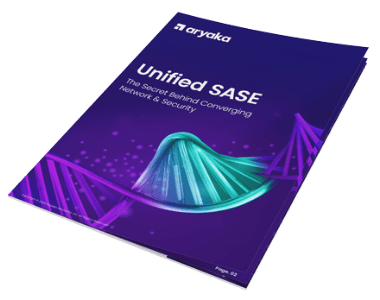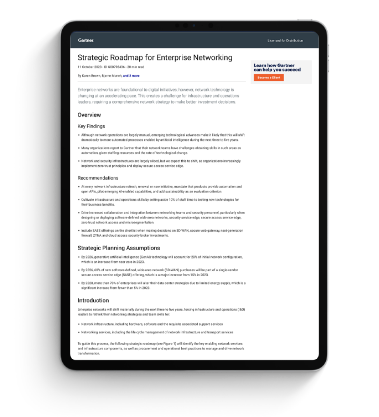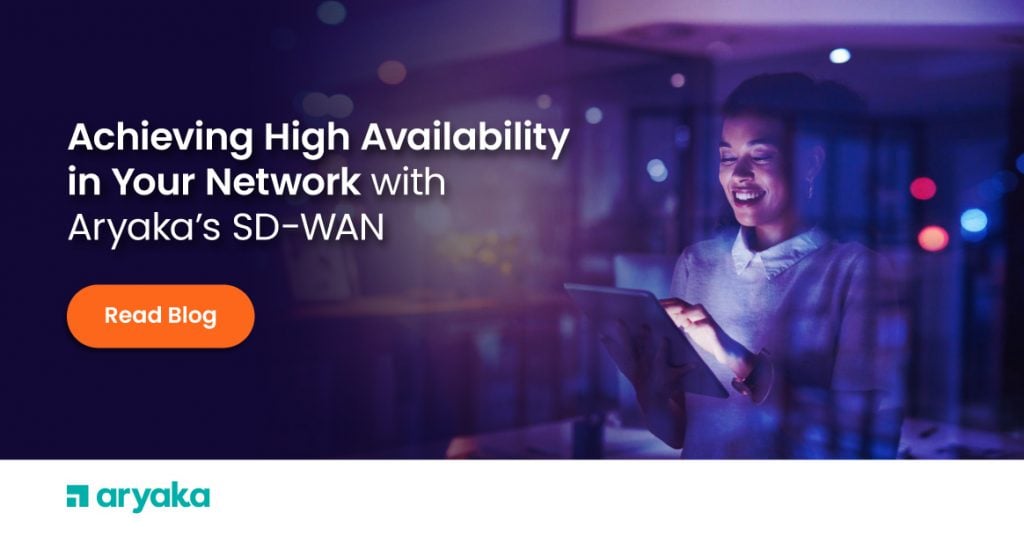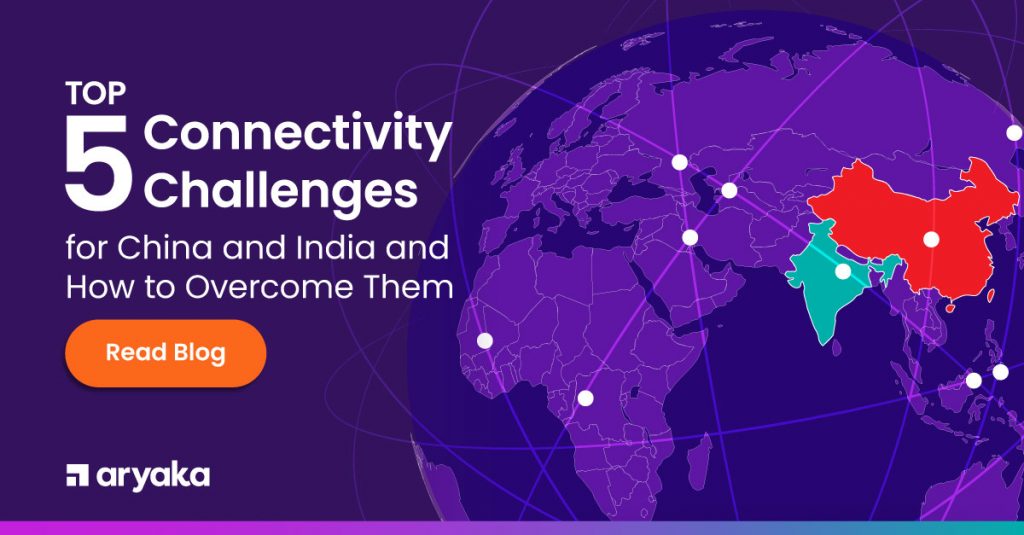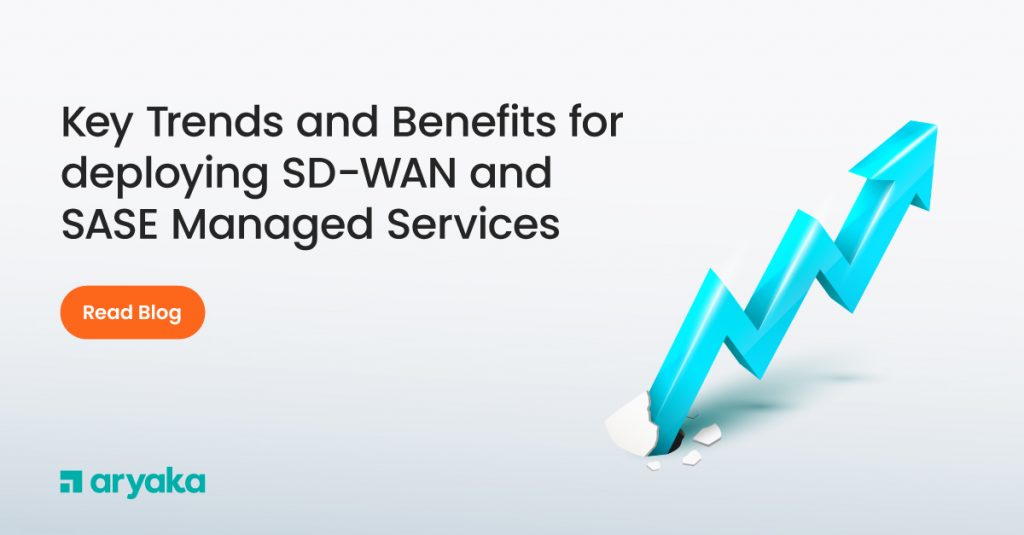Why Not All Enterprise WANs Are Created Equal
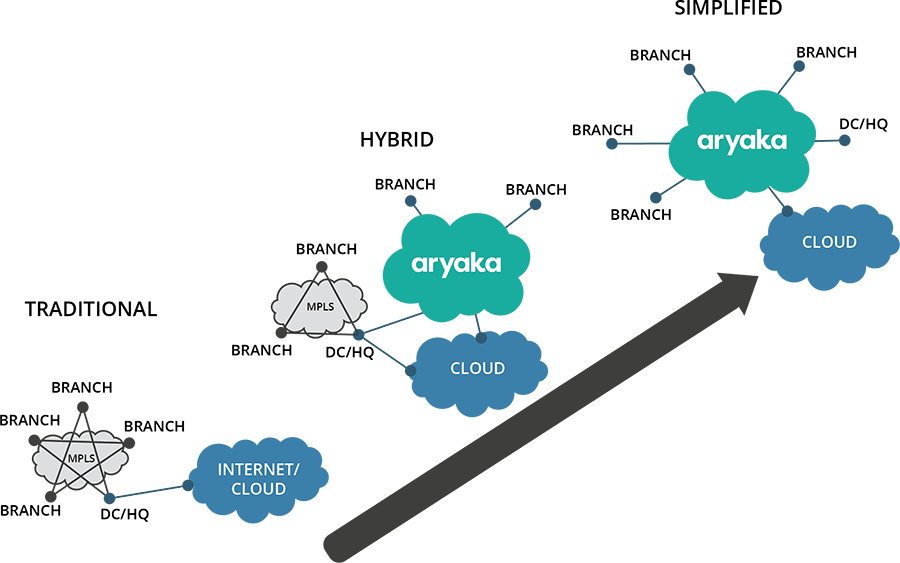
Recently, we joined an episode of the Packet Pushers podcast (listen here), and it brought up an interesting discussion on the transition of the enterprise WAN from MPLS to software-defined WANs – and beyond.
Why MPLS No Longer Works for the Enterprise
MPLS used to be a great product before the enterprise truly globalized and business applications moved to the cloud. MPLS still offers much better quality and reliability compared to the public Internet. However, it lacks mitigation of latency between global locations and the agility to deploy and scale quickly. In order to ensure that throughput remains reliable, you must invest in resource-intensive WAN Optimization boxes and the people to maintain them.
If you want to deploy a cloud application like Office 365, you have to backhaul, which creates an even greater need for WAN Optimization. And if you want to move your office even across the street, you have to wait up to 6 months for a new circuit.
In addition, there is no one global MPLS solution; while you can deploy MPLS around the globe, you will have to manage multiple contracts to connect global offices – and this can quickly turn into a vendor management nightmare!
No one wants MPLS. What you want is stable latency, prioritization, and guaranteed bandwidth. But how can you receive those benefits while also connecting to your third-party cloud applications or deploying across the globe?
Can SD-WAN Make Up for the Shortcomings of MPLS?
To address the issues of scalability and cloud connectivity with MPLS, the market has shifted toward software-defining enterprise connectivity with SD-WAN.
In many cases, hardware is becoming a thing of the past. You no longer need to purchase physical copies of your software or house them in the corporate data center. So why should you pay for physical infrastructure to connect that software to your employees?
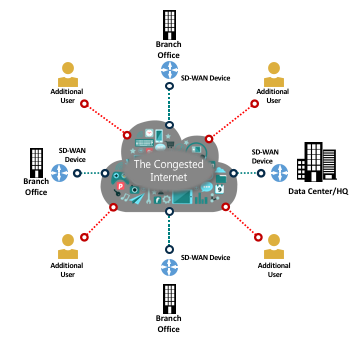
However, SD-WAN is something of a misnomer. Most SD-WANs are not a direct replacement for a physical network like MPLS.
Most SD-WANs, in fact, don’t have a WAN. They rely on the public Internet, which isn’t necessarily a burden between regional offices, but it becomes an issue when transferring data globally due to congestion-based packet loss and unreliable latency.
Without the WAN component, most SD-WANs live at the edge. The middle mile remains unaccounted for. So, though many SD-WAN providers will tell you that you’re looking at big ROI by switching from MPLS, cheap internet circuits are no replacement for the stability and reliability you might be used to.
ROI is not just about CapEx and maintenance costs; it’s also measured in application performance and end user productivity.
But if neither MPLS nor SD-WAN address the global enterprise’s full range of needs – from stable latencies and QoS to application performance, agility, global scalability and connectivity to the cloud, what options do you have?
Aryaka Global SD-WAN: The Only SD-WAN with a WAN
Remember, no one wants MPLS – they want the stability, reliability, and security that it offers.
With that in mind, Aryaka designed a solution that is yet to be imitated: We created a global private network that can be delivered “as-a-service.”
Aryaka created this network on the premise that construction of a physical WAN for each organization is costly and complicated and, with the advent of third-party cloud and SaaS applications, legacy networks do not address connectivity and application performance issues. Better if there is a pre-constructed model for to consume on-demand.

For Aryaka, delivering a global network as-a-service means abstracting connectivity from a secure private WAN into the cloud – so it’s as simple for our customers as connecting to the network, because we have already done the work of deploying the infrastructure. There’s no CapEx, and you can deploy in days, if not hours.
In addition, Aryaka’s global private network is centrally managed, unlike disparate links from multiple MPLS providers across the globe, so you have full transparency into the entire network from one single vantage point.
Aryaka’s global SD-WAN is also different from what most “SD-WAN” providers offer as their solution for connectivity. As mentioned before, except for in Aryaka’s case, other SD-WAN providers do not have a WAN, and instead rely solely on the performance of the public Internet. SD-WAN is layered into Aryaka’s network, along with WAN Optimization, and the network itself retains MPLS-grade reliability, security, and QoS.
With a network that addresses the global long haul middle mile, but retains the ability to quickly deploy and scale, there are no more tradeoffs. You can learn more about the specifics of how we deliver the network on the Packet Pushers podcast.
And if you’re looking for a network experience that gives you one provider, one management service, and one bill, all the way to the edge, we’d invite you to try a proof of concept with Aryaka today.
- Accelerate CAD/CAM Performance
- Improve Zoom Conferencing Performance
- Calypso Embraces a SaaS-first Strategy
- CallisonRTKL Transforms their WAN
- Kleinfelder Improves Application Performance
- Teradyne Transforms their WAN
- SAP web application performance
- Kleinfelder Improves Application Performance
- Industrial Manufacturing Company Transforms WAN



